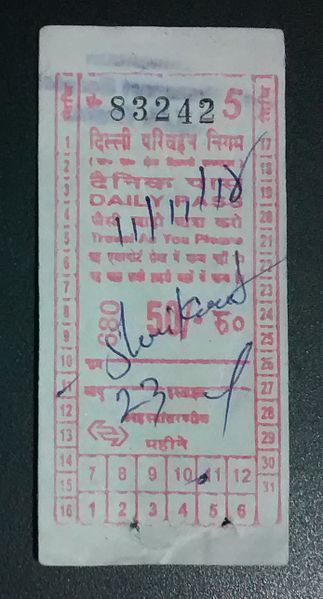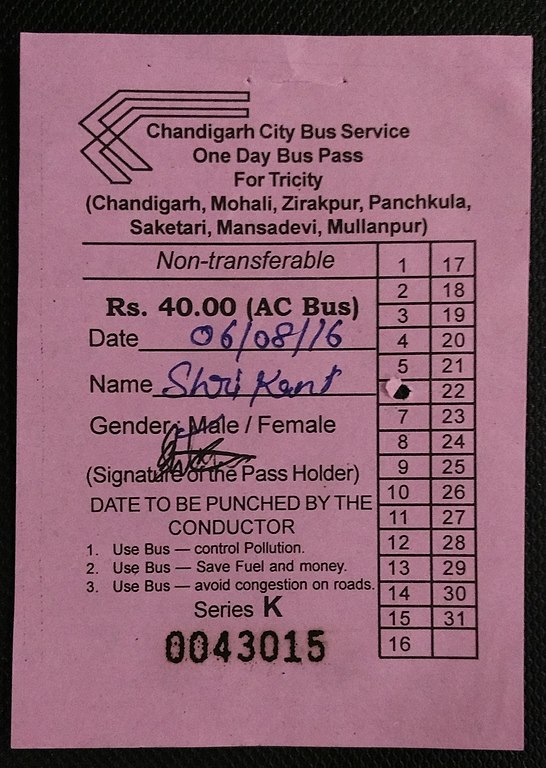19th November, World Toilet Day.
Toilets are very important as far as Transit is concerned. One reason, is to maintain cleanliness in public.
Whether you are traveling long distances, or going for a short trip, a toilet is important. Imagine, you have been running errands all day, and need to use the toilet. A blog post on the Wall Street Journal states that India has the worlds longest waiting line for using the toilet. While providing toilets to people who don’t have one at home is out of the purview of this post, the Atal Bihari Vajpayee Government and the Narendra Modi Government have done a lot to change the ground reality. Now, the rest of this post deals with sanitation and related issues while traveling.
It is humanly impossible for BEST, or BMTC or any transco to provide toilets on every bus. Toilets on buses have been there for several years now, most notably in KSRTC’s Airavat Bliss and SETC’s Classic series of buses. The former was a Volvo B9R, while the latter was a custom-built non-AC coach on an Ashok Leyland chasis. Both had the same issue however: Foul odour because of people not using the toilet properly, not washing properly, or flushing something that wasn’t meant to be flushed. While it helped in a non-AC bus to have open windows, you can imagine the situation in a closed to air Volvo. If this is the case with long distance buses, one can only imagine the magnitude of how bad things can be if there were toilets in a regular bus running trips inside a city.
Now, it is impossible for BEST to provide toilets at each bus stop as well. The issues are plumbing and water. It would be nearly impossible to get the plumbing to each bus stop. However, here, I’d like to talk about something interesting that the Coimbatore City Municipal Corporation did in Coimbatore. They set up stainless-steel booths on top of manholes which connected with the sewage lines and made them urinals. These urinals were interesting, but the main issue was that they were only meant for men. However, the issue would be less complex at BRTS stations. On BRTS systems like the Janmarg or Rainbow, the stations are at the centre of the road. Here, a toilet can be built, with a little less complexity. While I haven’t seen any Janmarg station with a toilet, I know that the Mukai Chowk terminal at Kiwale has toilets.
Railways stations almost always have toilets, though they are mostly in deplorable conditions and not fit for use. Ideally, Indian Railways should hand over the maintenance contracts of toilets to accountable contractors and make them answerable, otherwise we will always have people sitting on railway tracks or taking a leak at the end of the platform. Metro stations, mostly because they are new and relatively modern, usually have better toilets. The Airport Express line on the Delhi Metro has some clean toilets. The rest of the Delhi Metro, especially the Yellow and Red lines, feature Sulabh Shouchalayas. The Bangalore Metro on the other hand decided that it would be toilet-free with the justification that one would not need a toilet with such short trips. Utterly stupid, in my opinion. However, they have now partitioned the employees toilet into two, and made one half a Pay and Use toilet. Better late than never I guess. Mumbai did the right thing by ensuring that all Metro stations have a toilet in the paid area, that was available to users, free of cost. A fine decision I must say, given that Reliance has ensured that it earns maximum revenue possible at each station.
Now, the most important of them all: Bus stations. Bus stations usually have a toilet, especially the long distance ones. It is unfortunate that while most BMTC bus stations, atleast the larger ones feature reasonably clean pay and use toilets, no BEST bus station has one. I personally feel this needs to change immediately and BEST needs to provide loos in bus stations. All KSRTC and MSRTC bus stations have toilets, with the former being superior in terms of hygiene an cleanliness. While one may expect them to have clean toilets, atleast for Shivneri, Airavat or equivalent users, the situation isn’t the same everywhere. Tamil Nadu meanwhile has toilets at all bus stations, these are usually just a wall that can be used as a urinal. They are filthy, with the only clean toilet I’ve seen being the one in the Mettupalayam Road Bus Stand in Coimbatore, and also the most expensive.
But wait, aren’t we forgetting something important here? Yes we are. What about the bus conductors, drivers, railway engineers, et al? While most Metro operators have staff restrooms at terminal stations, the situation may not be the same with buses. Bus drivers and conductors with BMTC, KSRTC, MSRTC use the same rest room facilities as the passengers. While MSRTC normally doesn’t charge for urinals, the other two do, and this is why, I have seen a BMTC Volvo driver and conductor stop the bus near Bannerghatta National Park, go out, take a leak and come back. Similarly, due to lack of clean facilities, you’ll often see drivers of Haryana Roadways buses take a leak on the service lanes in Gurgaon. BEST meanwhile, has restrooms and sleeping areas for its staff at all depots. It has canteens for them at bus stations as well. Among all, the recently rebuilt Kurla Depot is supposed to have really good facilities for staff and being attached to the once dreaded Kurla depot has now become a privilege.
So, like I said last time, littering in public is a sin, but defecating, is a bigger sin. I just hope all transcos take a note of each other and provide proper facilities for both passengers and staff at all depots, stations, major bus stops, etc.
The answer to a lot of these problems lies in the eToilet. What is an eToilet, you ask?
If India can adopt eToilets on a large scale, it would truly help our nation. All one needs to do is to set it up, and let the system run itself. Investment and operational costs can be recovered thru advertisements around it, or by putting a coin entry system and charging all users ₹1 to use it.
The problem is that very few people are willing to shell out that rupee. Most would prefer to take a leak elsewhere.
It is right now, the age of Digital Technology. Apps drive our world. When we can book a cab, buy groceries and provisions, even find a person to date with an app, it should be easier to find a loo with an app no? It is! Download PeeProvider, an app that helps locate the nearest clean loo!
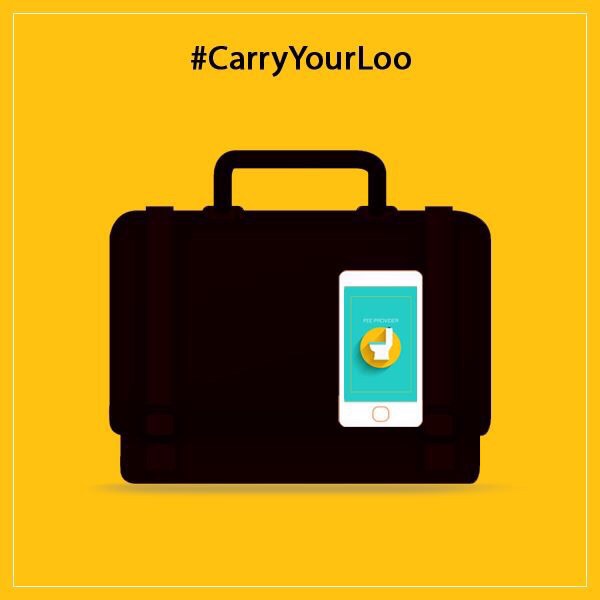
On an unrelated note, today is International Men’s Day, World Toilet Day, and also the birth anniversary of former Prime Minister of India, Indira Gandhi.

![]()




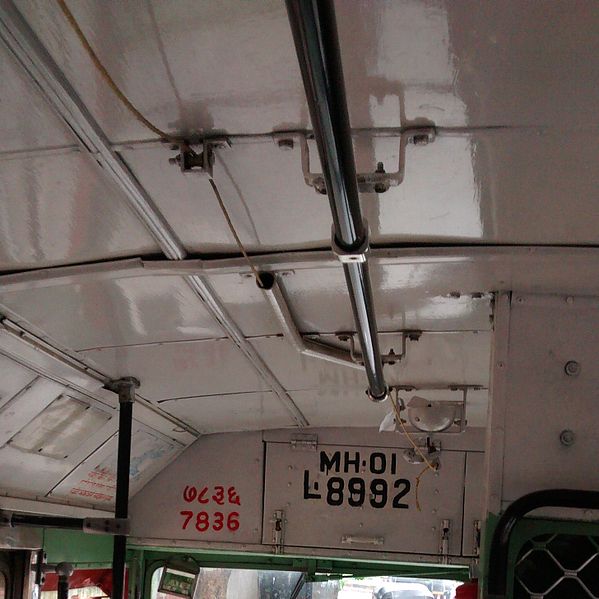
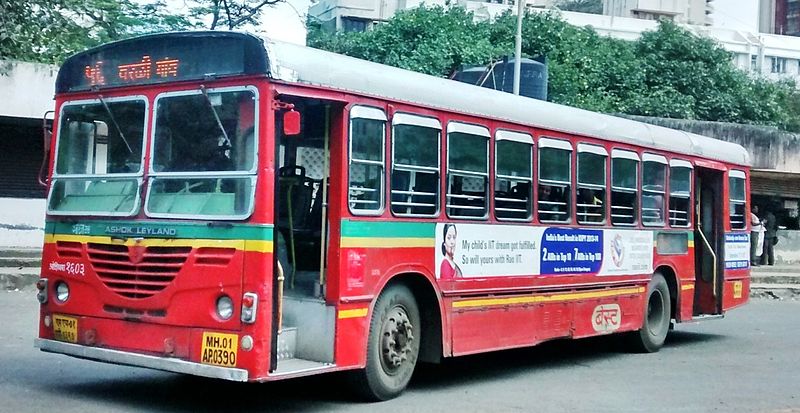





![TSRTC Travel As You Like [TAYL] Ticket.](https://upload.wikimedia.org/wikipedia/commons/thumb/f/fa/TSRTC-Hyd-AC-Daily-Pass.jpg/338px-TSRTC-Hyd-AC-Daily-Pass.jpg)

